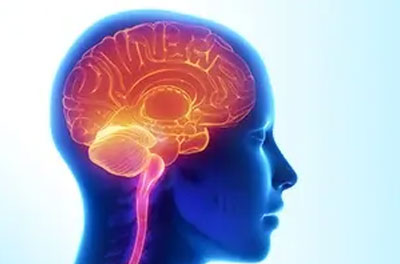Treatments
Stroke Prevention and Rehabilitation

Maintaining a healthy lifestyle, such as no tobacco use, healthful diet, and physical activity are important strategies for both primary and secondary prevention of stroke. Controlling high blood pressure is also critically important in the general population and in the acute stage of hemorrhagic stroke. Additional primary prevention strategies include community-based education programs, polypill, prevention and management of atrial fibrillation, and digital health technology. For treatment of stroke during the acute stage, specific surgical procedures and medications are recommended, and inpatient stroke care units have been proven to provide high quality care. Patients with a chronic condition like stroke may require lifelong pharmaceutical treatment, lifestyle maintenance and self-management skills, and caregiver and family support, in order to achieve optimal health outcomes. Rehabilitation improves physical, speech, and cognitive functioning of disabled stroke patients. It is expected that home- or community-based services and tele-rehabilitation may hold special promise for stroke patients in LMICs.
